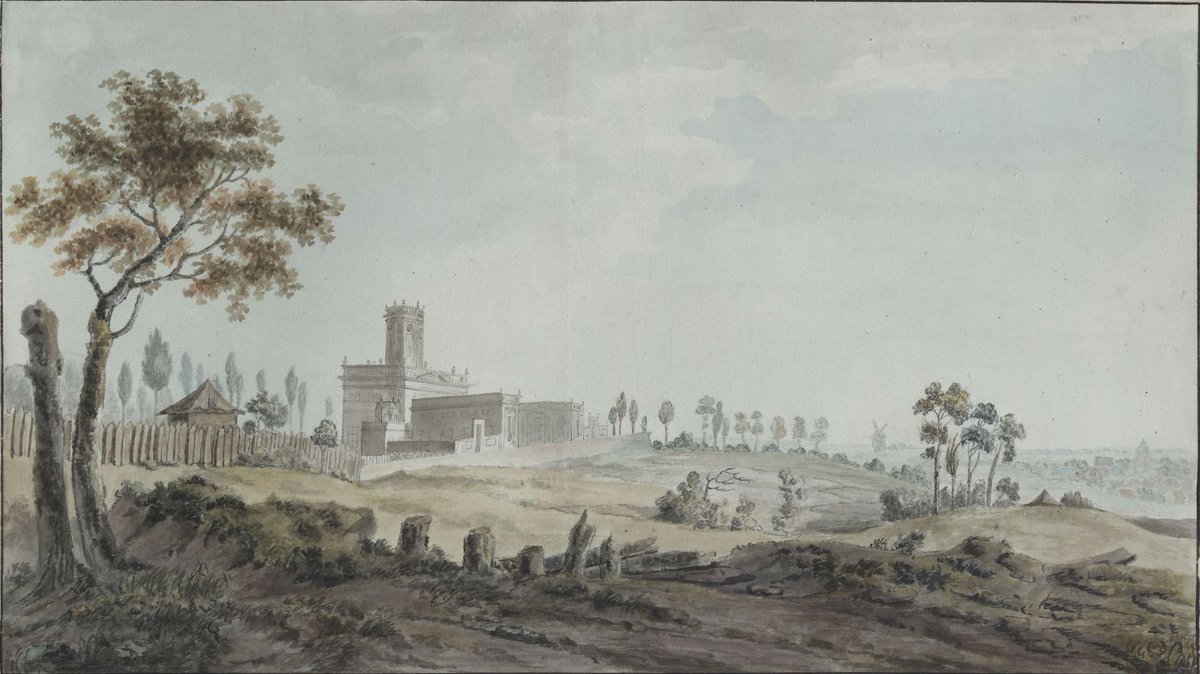
Today we will look at the Castle of Tervuren (near Brussels) which existed from ca. 1190 till 1781 and was considered a favourite residence of many local rulers. A thread 👇 #twitterstorians #palaces 

Around 1190 Duke Henry I of Brabant commissioned the construction of a residence and a church nearby - St John the Baptist's Church -. It was clear he had plans to spend some time here. His successors added an addition donjon and further modifications. 



Duke John II (1275-1312) added an additional hall which would be used for meeting of the States of Brabant - the assembly of reps from the cities/clergy and nobility - 

The place remained a royal residence throughout the 16th c. and really became more prominent during the reign of co-Sovereigns Albert and Isabella (1598-1621) who asked architect Wenzel Cobergher to completely redesign the building. The result was a proper royal palace. 





After Albert and Isabella's death the castle was used less frequently, although Charles II of England spent some time there in 1659 during his exile. By the end of the 17th c. the castle was reduced to an abandoned ruins. 

Then a new Regent arrived in Brussels in 1724, Maria Elizabeth, who liked the area and ordered Johannes Andreas Anneessens - who designed a new facade for the Prince-Bishop's palace in Liège - to revamp the castle. 

Maria-Elizabeth's successor, Charles Alexander of Lorraine, also poured money into the place and ordered Jean Faulte, who also designed Charles Alexander's new palace in Brussels, to continue Anneessens' work. 

But then Charles Alexander's nephew, Emperor Joseph II became Lord of the Habsburg Netherlands. And as Joseph wanted to balance the books he felt the castle's massive upgrade works and upkeep were far too frivolous and ordered the complete destruction of the castle in 1781. 



Only St Hubert's Chapel, built by Wenzel Cobergher in the 17th c. and saved from Joseph II's decision reminds us of the royal history of the area. 

Picture above taken by @TimoVanHavere
• • •
Missing some Tweet in this thread? You can try to
force a refresh











